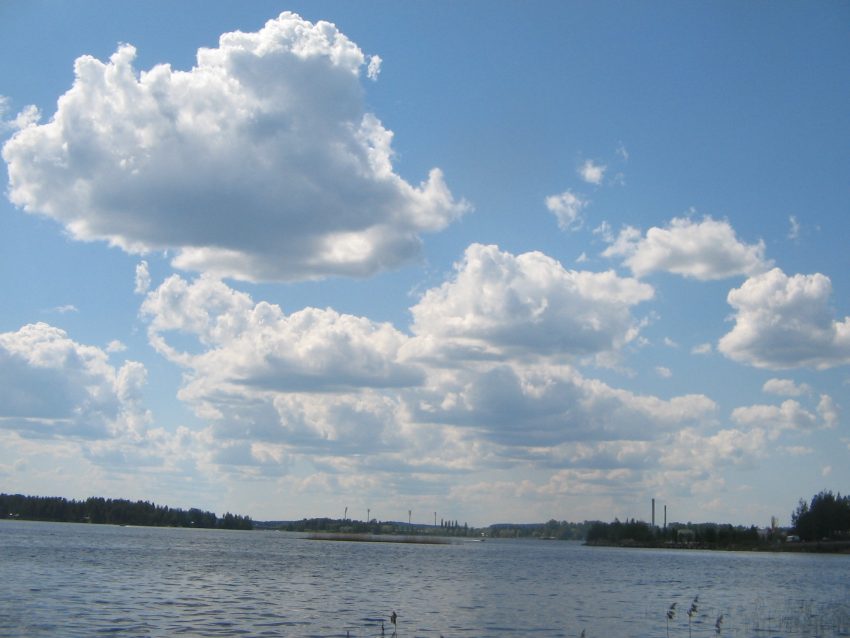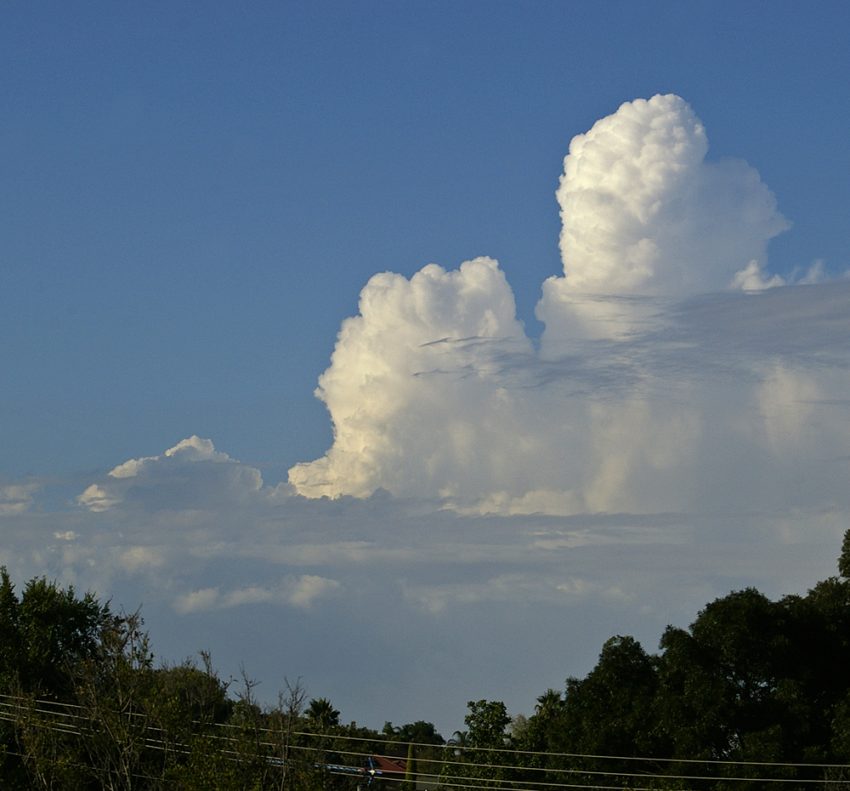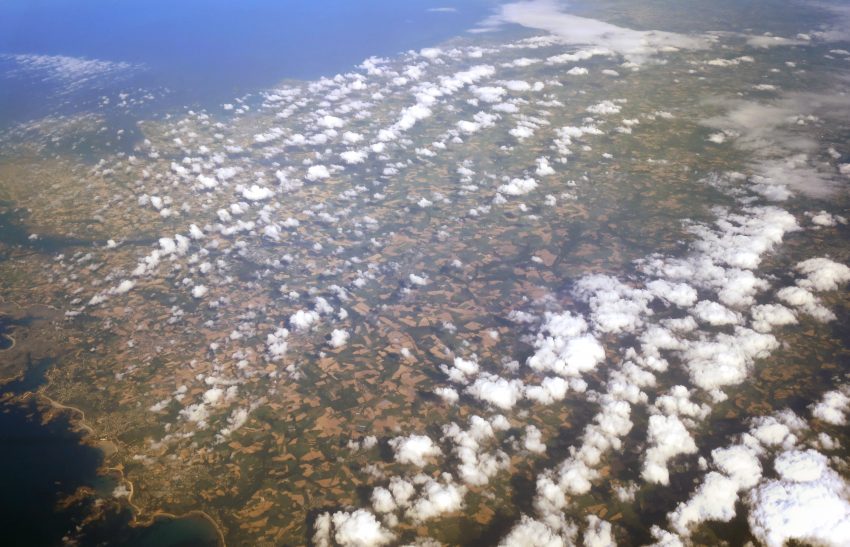This is a beginner’s guide to naming one of the most common types of cloud.
Before we get carried away and start naming some clouds let’s get some background information out of the way.
Did you know? Clouds are classified according to a Latin Linnean system devised by British amateur meteorologist Luke Howard (1772-1864). The system is based on the clouds height in the troposphere (lowest section of the atmosphere) and their appearance. A basic cloud name is built by combing its genera, species and variety. The genus is split into Low, Mid and High level clouds.
We will now start on our cloud spotting journey with the most common genera of all – Cumulus.
Cumulus is a low-level cloud and you probably drew a number of these whilst you were a kid.

But how do these legless sheep form*? They most commonly occur on a sunny day, which is why they are also known as ‘fair weather’ clouds. When the Sun warms the ground, parcels of air (thermals) rise from the ground. The air also contains aerosols (salt, dust, bacteria etc). As the invisible parcel of air rises, it expands and cools to a point where the water vapour in the parcel condenses around the aerosols to form water droplets. Eventually, the droplets are big enough to join up with other droplets, forming the cloud that we can see.
The typical altitudes that they form is 1,000-5,000 ft (approx 300-1500m).
You may have thought there could only be one type of cumulus, but this is where things get interesting. If the air is unstable (the parcel of air wants to continue to rise through the atmosphere), the cumulus cloud can transform from a fair weather cloud into one that produces showers. If it continues to grow it may become a potentially dangerous cloud known as cumulonimbus (thunderstorm). To help identify these different types, clouds are split into ‘species’ which describe the shape of the cloud.
There are four species of cumulus which include; humilis, mediocris, congestus & fractus. Combining the genera (cumulus) and the species together, we can create our cloud name.




Finally we can further define our cloud by its ‘varieties’ which identify a specific appearance/arrangement of a cloud. “Radiatus’ is the only variety of cumulus and are also known as “cloud streets”. These are long rows of cumulus clouds oriented parallel to the direction of the wind, formed by convective rolls of rising warm air and sinking cool air.

Joke* What do you call a legless sheep? A cloud!
So there you have it. You now know how to name one of the most common clouds around. So what are you waiting for! Get outside and start impressing some strangers with your new weather knowledge.
